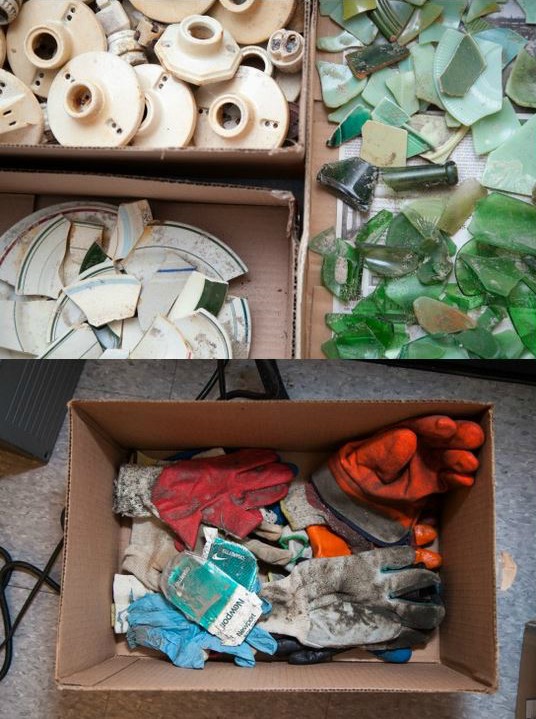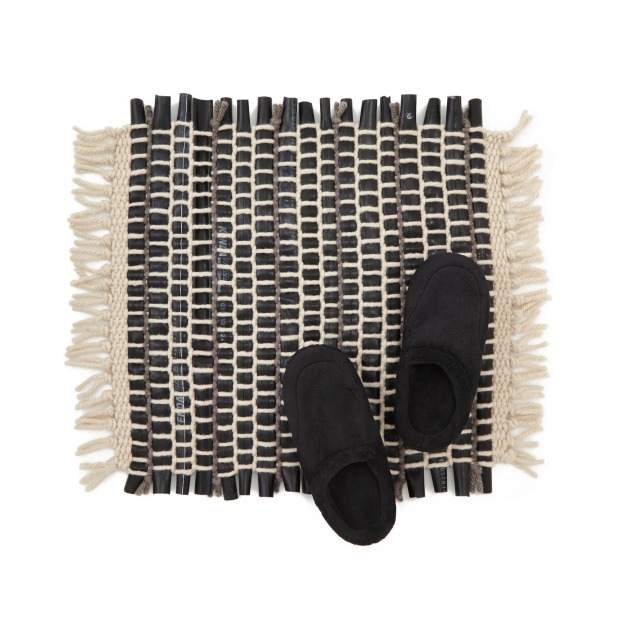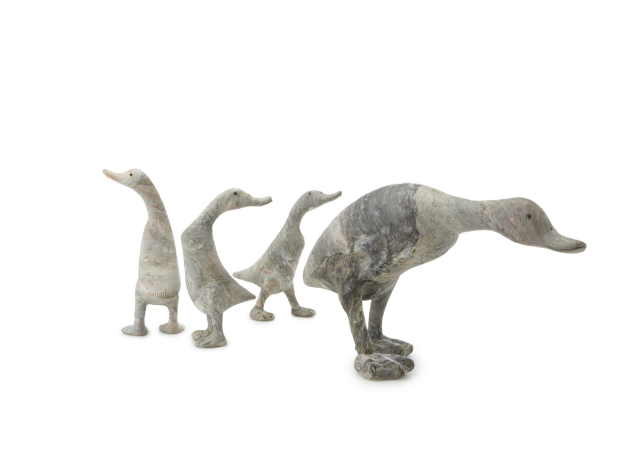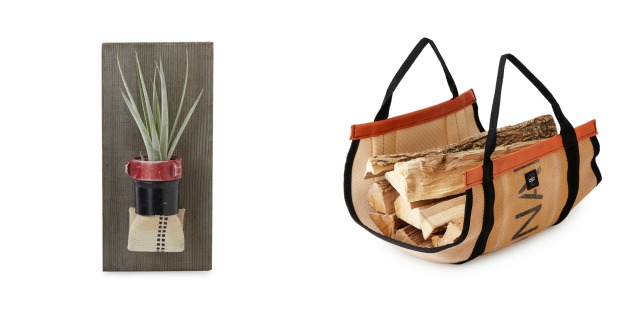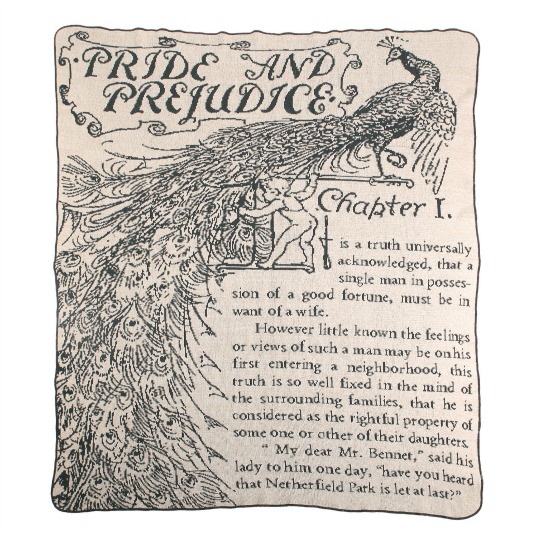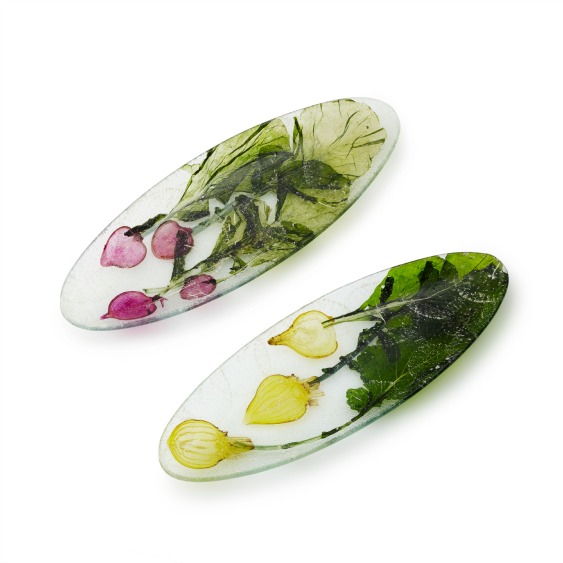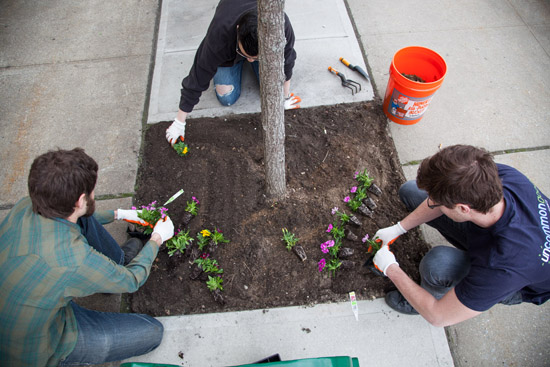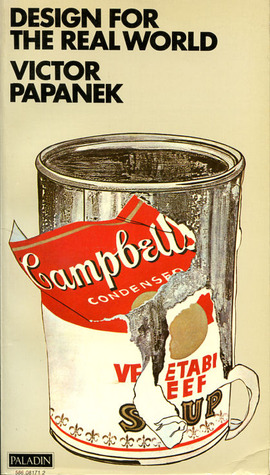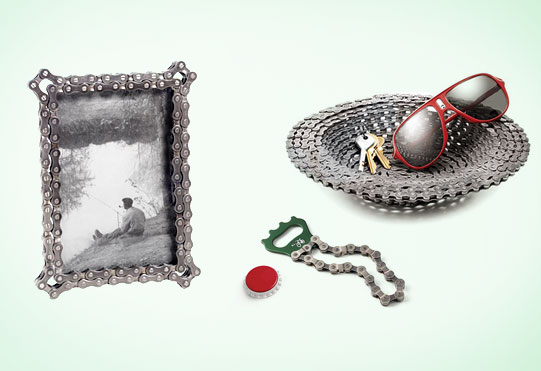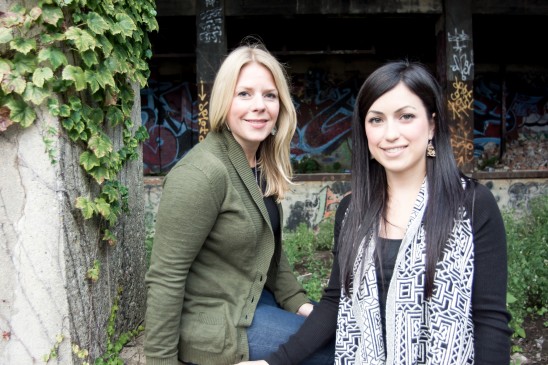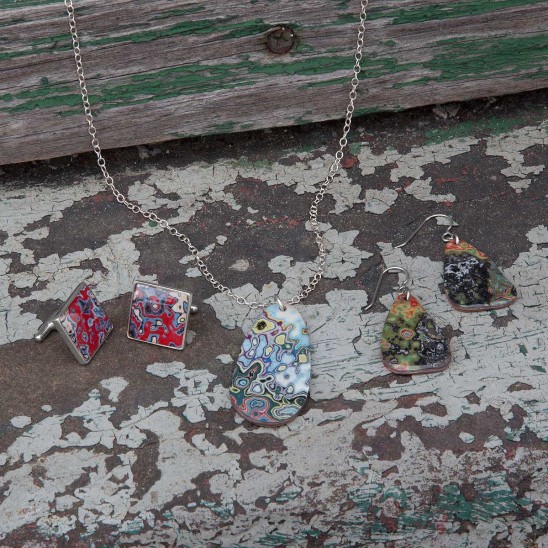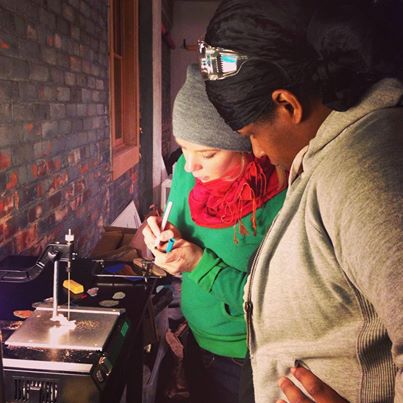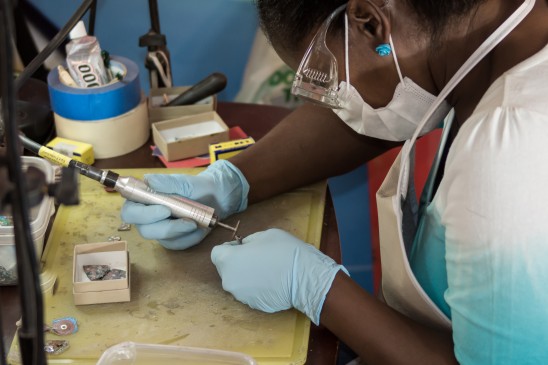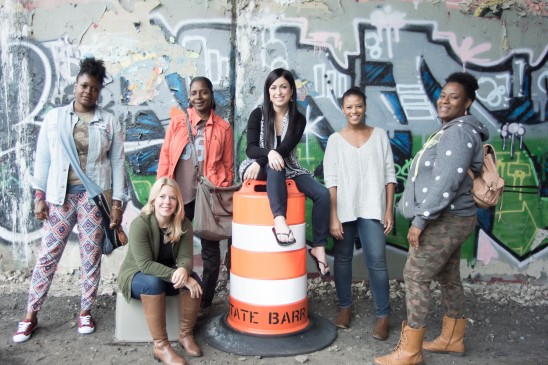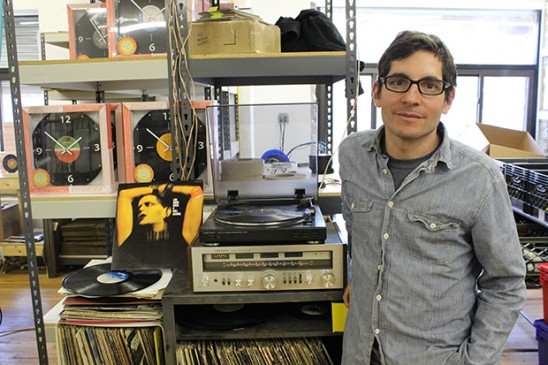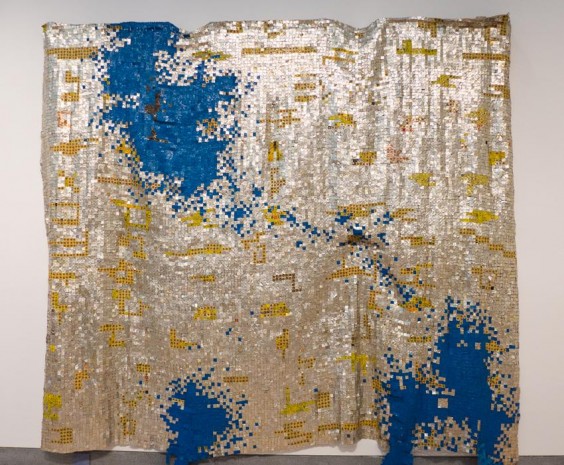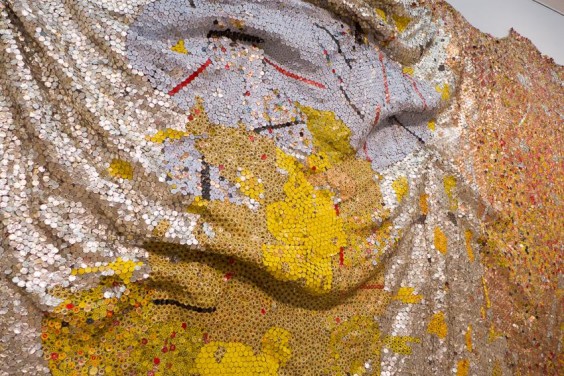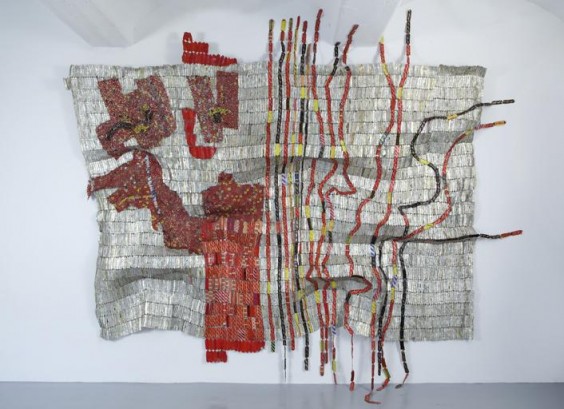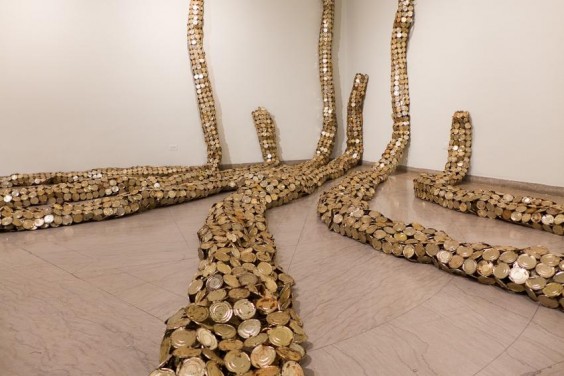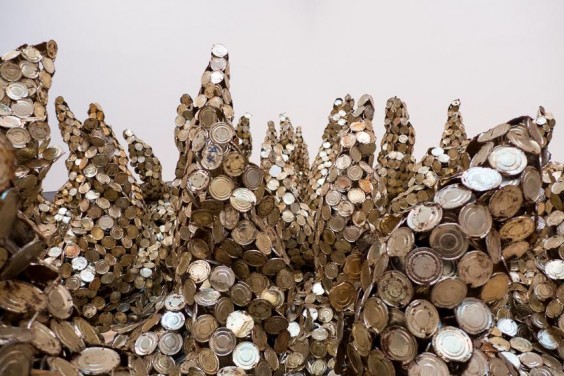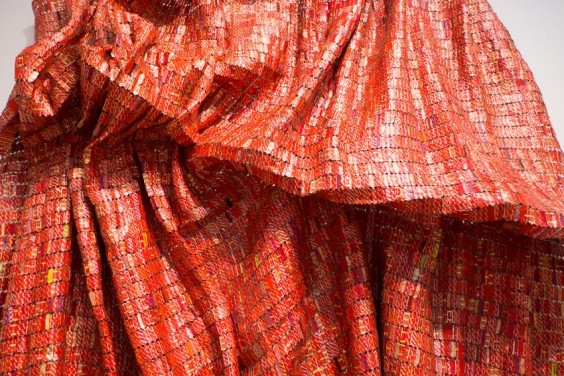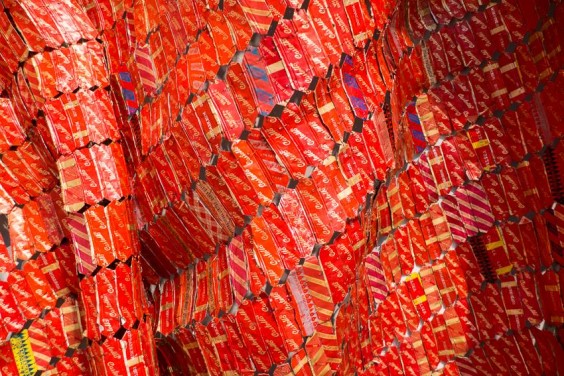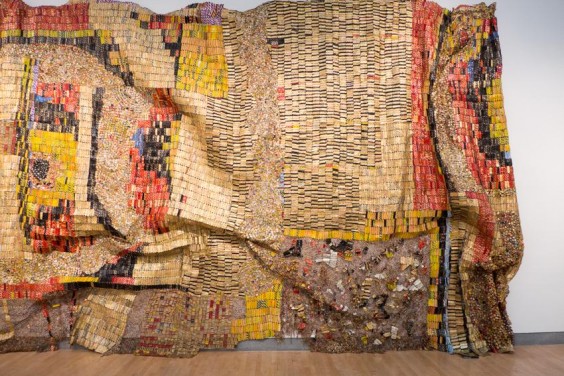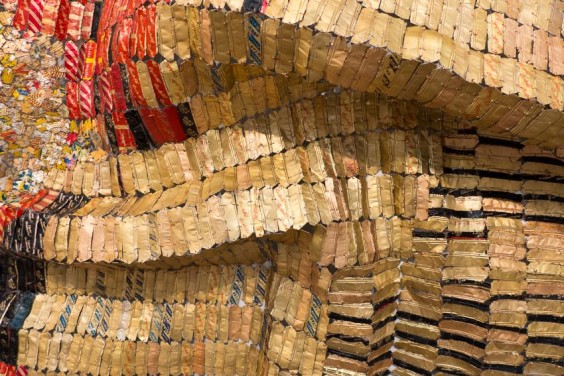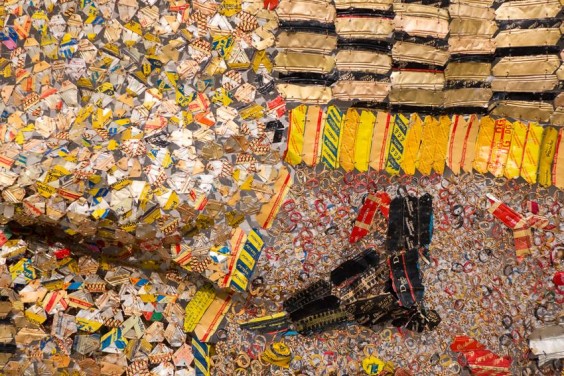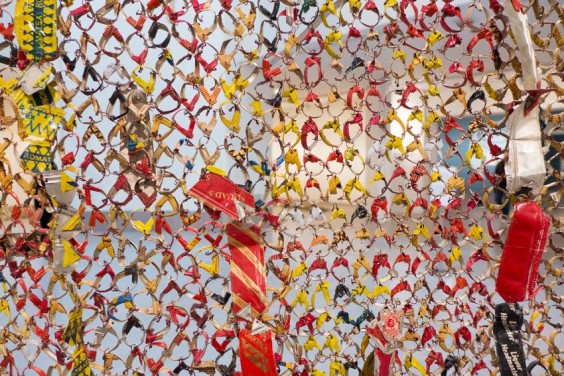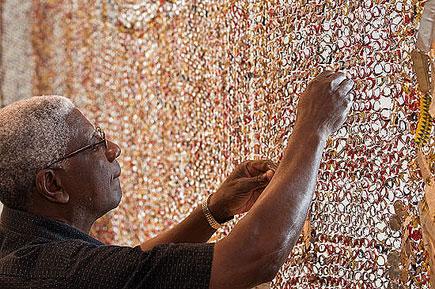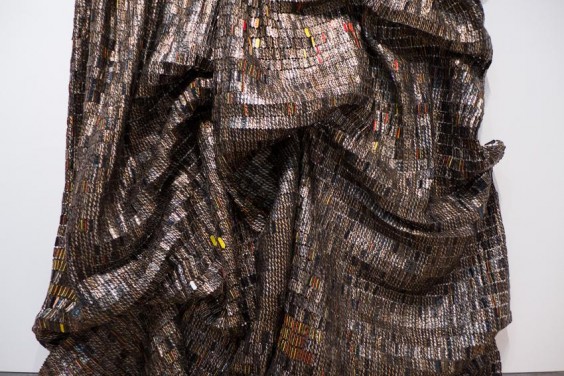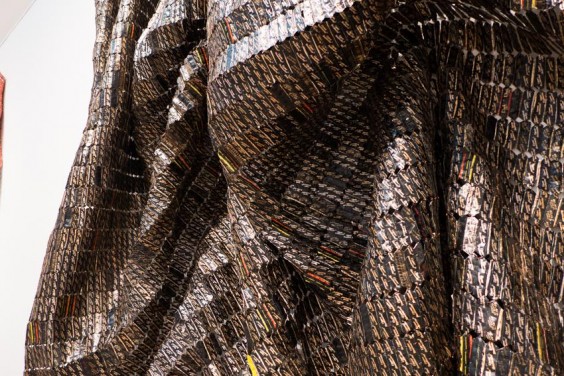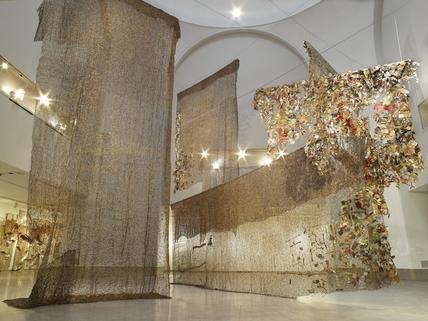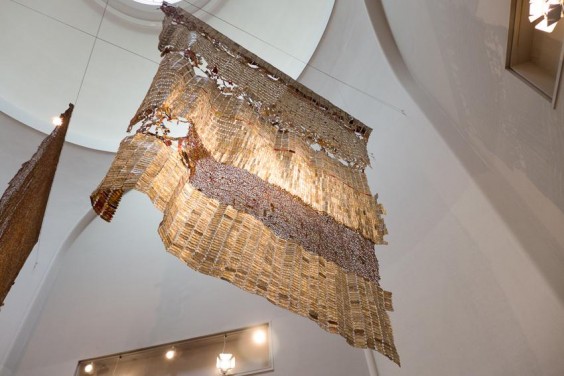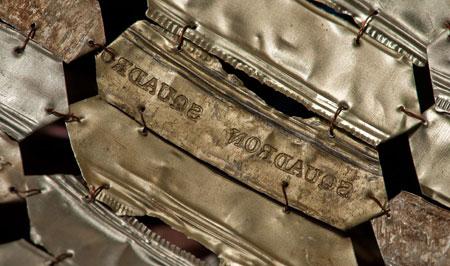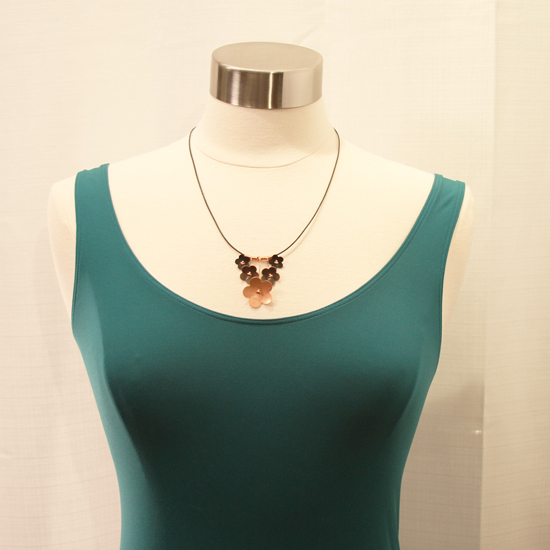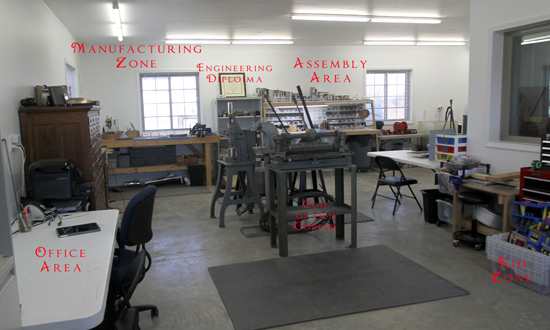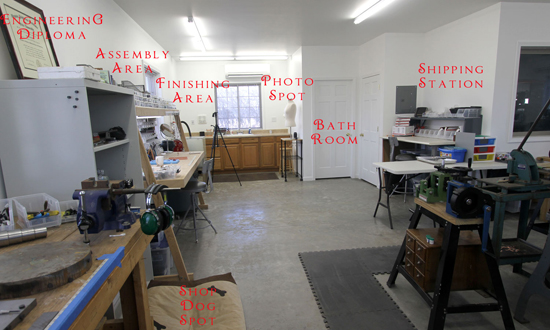 Vedat Ulgen outside his Brooklyn studio, photos by Rachel Orlow
Vedat Ulgen outside his Brooklyn studio, photos by Rachel Orlow
UncommonGoods is a place that celebrates entrepreneurs and makers and wholeheartedly embraces creativity. If you’ve spent much time shopping with us or reading our blog, you’ve seen this celebration shine through the stories we tell about our products and the designers who make them. These stories share what really makes the pieces we sell and the artists we work with unique.
While every product we sell meets standards that make it an uncommon good, every once in awhile something comes along that is truly weird. Weird in the best sense of the word: In the way that weird, new music makes you want to listen again and again. In the way that a brilliant invention makes you ponder how in the world someone actually came up with that. In the way that an eccentric person makes you want to get in touch with your own beautiful inner weirdo.
Vedat Ulgen’s Worn Sleeve Vase and Worn Jeans Stool are perfect examples of this type of “weird” design. They are totally unexpected, look one way and feel another, and are as useful as functional products as they are intriguing as art.
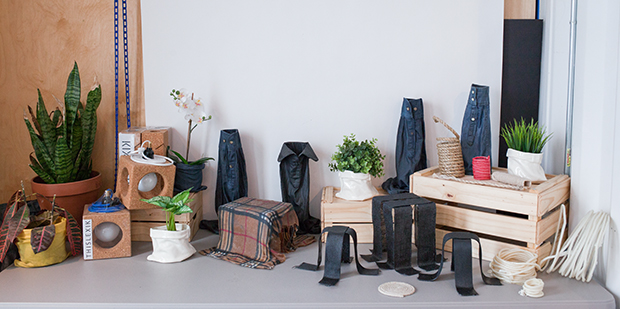
These designs are made from upcycled clothing, so they should be soft, right? But they have a unique texture that’s smooth and doesn’t feel anything like you’d imagine. It seems like the sleeves shouldn’t stand upright and the stools shouldn’t hold the weight of a full-grown person, but they do.
Like his products, Vedat’s studio, Thislexik, isn’t exactly what it seems. From the street, it looks like a stack of shipping containers. Get a bit closer to the five colorful containers, and it becomes clear that the stack is actually a building with a living roof and windows perfectly placed to let in enough light. Inside, Thislexik is rooted in sustainable practices, fueled by experimentation, and filled with dozens incredible designs.
I had the pleasure of visiting the Red Hook, Brooklyn studio myself recently, and as a proud proponent of the aforementioned brand of weird, I was in paradise. It’s hard to convey how inspiring this space is to someone who hasn’t been there, how cool these designs are to someone who hasn’t interacted with them, and how innovative Vedat is to someone who hasn’t met him, but I hope these photos and this interview are at least a start.



